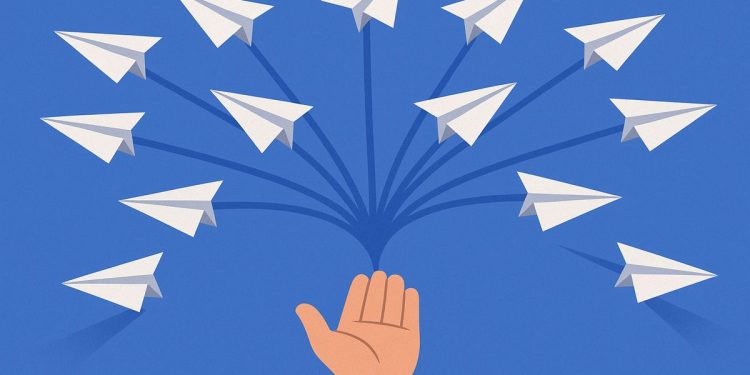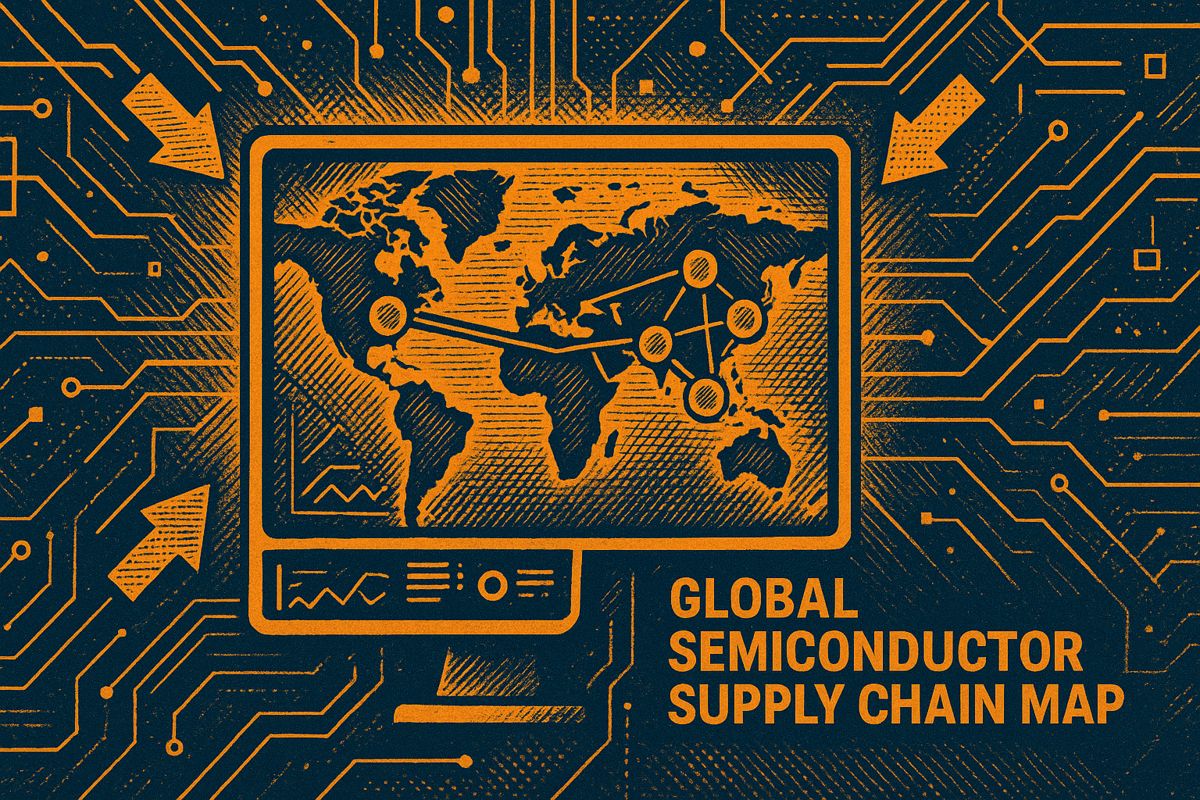By 2025, AI transforms brand ambassadors by converting employee touchpoints into measurable engagements and matching creators with ideal audiences in real time. Top agencies report that executives blending data fluency with authentic storytelling are capturing audience attention more effectively and affordably than with traditional paid advertising.
The primary objective for forward-thinking marketers is to engineer a scalable, always-on advocacy program that retains a crucial human element.
From spreadsheets to smart advocacy hubs
The shift from manual spreadsheets to intelligent advocacy hubs is well underway. For instance, Viral Nation‘s CreatorOS platform uses machine learning across 30 million social profiles to help brands like Disney and Energizer select partners with minimal audience overlap (<12%), maximizing reach. Similarly, NeoReach provides real-time engagement data to campaign dashboards, enabling managers to swiftly reallocate resources from low-performing posts.
AI-powered platforms are revolutionizing brand advocacy by automating influencer discovery, optimizing content distribution through employee networks, and providing real-time performance analytics. This allows companies to scale their ambassador programs efficiently, ensuring messages are both authentic and impactful while maximizing reach and minimizing campaign waste.
Employees become micro-influencers
Employee advocacy, once viewed primarily as an HR initiative, is now a core marketing function. Advanced tools like Haiilo and Sociabble empower this shift by A/B testing headlines and suggesting ideal publishing times for each employee. Unilever’s U-Studio, for example, saw a 35% engagement increase in key markets by training staff to adapt AI-generated copy with local nuances.
What works in the field
Case studies from 2024-2025 highlight three consistent, high-impact outcomes from AI-driven advocacy:
– Enhanced Influencer Matching: AI-driven selection has increased average click-through rates by 85% for retail and CPG brands.
– Efficient Budget Allocation: Predictive analytics for budget optimization have reduced cost-per-click by up to 33%, a strategy successfully used in Bayer’s flu-season campaigns.
– Expanded Organic Reach: Automating content sharing through employee networks amplifies organic reach by 3-5x compared to relying solely on official brand channels.
Guardrails for the human factor
To prevent audience distrust, maintaining authenticity is critical. As noted by the agency Embarque, overly generic AI-generated content can feel inauthentic. Successful programs address this by keeping final content edits with human teams and using sentiment analysis to flag language that seems overly corporate. Furthermore, leading brands conduct regular workshops on brand voice, privacy, and bias to empower employees to confidently merge their personal insights with AI-driven suggestions.
The road ahead
Looking forward, industry experts predict the next evolution in AI advocacy will be fueled by multimodal data integration. Information from voice searches, QR code scans, and even in-store sensor data will be channeled into the same sophisticated models that currently analyze social media engagement. As these diverse datasets merge, the distinctions between influencers, employees, and consumers will continue to fade. The brands poised for future success will be those that anchor their strategy in a people-first approach while maintaining exceptionally clear performance metrics.
How are forward-thinking agencies turning executives and employees into AI-powered brand ambassadors?
Agencies like Viral Nation and NeoReach provide proprietary AI suites that pair every executive with a private dashboard for content prompts, channel timing, and sentiment tracking. Instead of generic corporate posts, leaders get three talking-point variations per week that match their personal tone and the brand’s current narrative. Employees receive a lighter version of the same engine, letting them share pre-approved stories that still feel personal. The result is an always-on advocacy grid that triples social reach while cutting content production time by 58%.
What concrete ROI are brands seeing from AI-driven ambassador programs?
Embarque reports a 60% campaign ROI lift for a fashion label after switching from static influencer briefs to AI-optimized ambassador stories that refresh in real time. Unilever’s U-Studio, built with IBM Watson, delivered 35% higher engagement in emerging markets by re-versioning ambassador posts for local idioms and cultural nuance. Across programs surveyed in 2025, the average payback is 3.2x marketing spend within 90 days, with employee-generated content outperforming brand-owned creative by 22% on click-through.
Which AI features matter most for scaling authenticity without losing the human touch?
Top-performing programs combine three layers:
1. Voice-printing – AI learns each ambassador’s vocabulary limits to keep copy within personal style boundaries.
2. Moment-triggering – Algorithms watch news, weather, and social spikes, then nudge ambassadors to post when their take is most culturally relevant.
3. Authenticity scoring – a real-time 0-100 metric that flags if wording drifts too corporate; posts below 70 are auto-suggested for revision.
Brands that keep the score above 85 retain double the audience trust versus those that automate blindly.
How do agencies solve data-integration headaches when rolling AI out across global teams?
Most marketers stall because CRM, social, and sales numbers live in separate silos. Forward-leaning agencies start with a 90-day “data mesh” sprint:
– They map every first-party source once, then pipe it into a private AI lake that anonymizes personal info but keeps behavioral patterns.
– A no-code query layer lets regional managers pull cross-channel insights without waiting for IT.
Early adopters like Bayer cut insight-to-action time from three weeks to six hours, enabling flu-season ambassador posts that lifted CTR 85%.
What training model gets skeptical employees to actually use AI advocacy tools?
The 70-20-10 model is winning:
– 70% of learning happens inside a gamified app where staff rehearse captions, see instant AI feedback, and earn points redeemable for gift cards.
– 20% is peer shadowing – top ambassadors run live story clinics on lunch-break Zooms.
– 10% is formal coursework, but limited to micro-modules under eight minutes.
Companies that run this cycle for 60 days see employee posting rates jump from 12% to 48%, and organic reach grows 4.3x without paid boost.



















